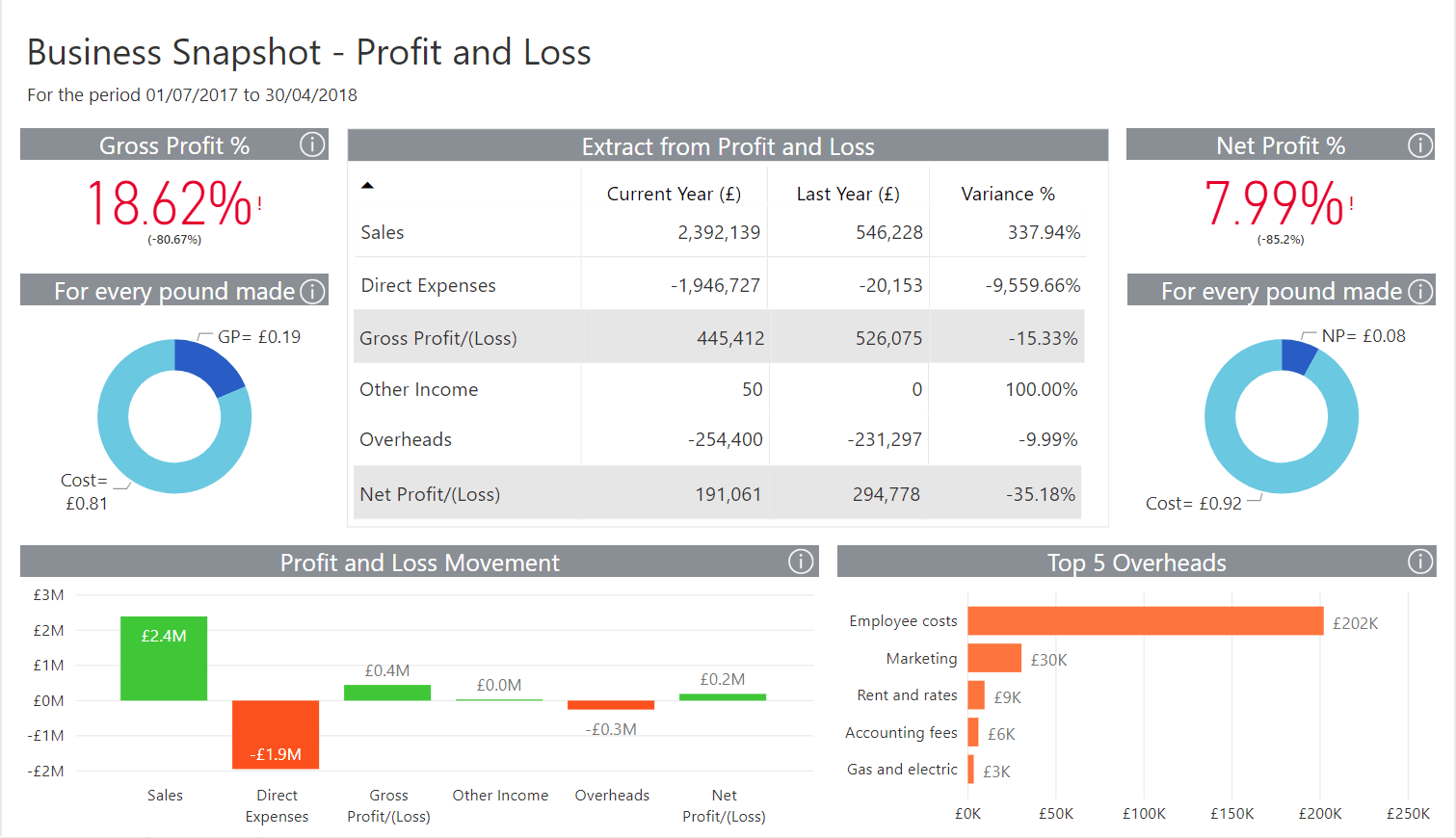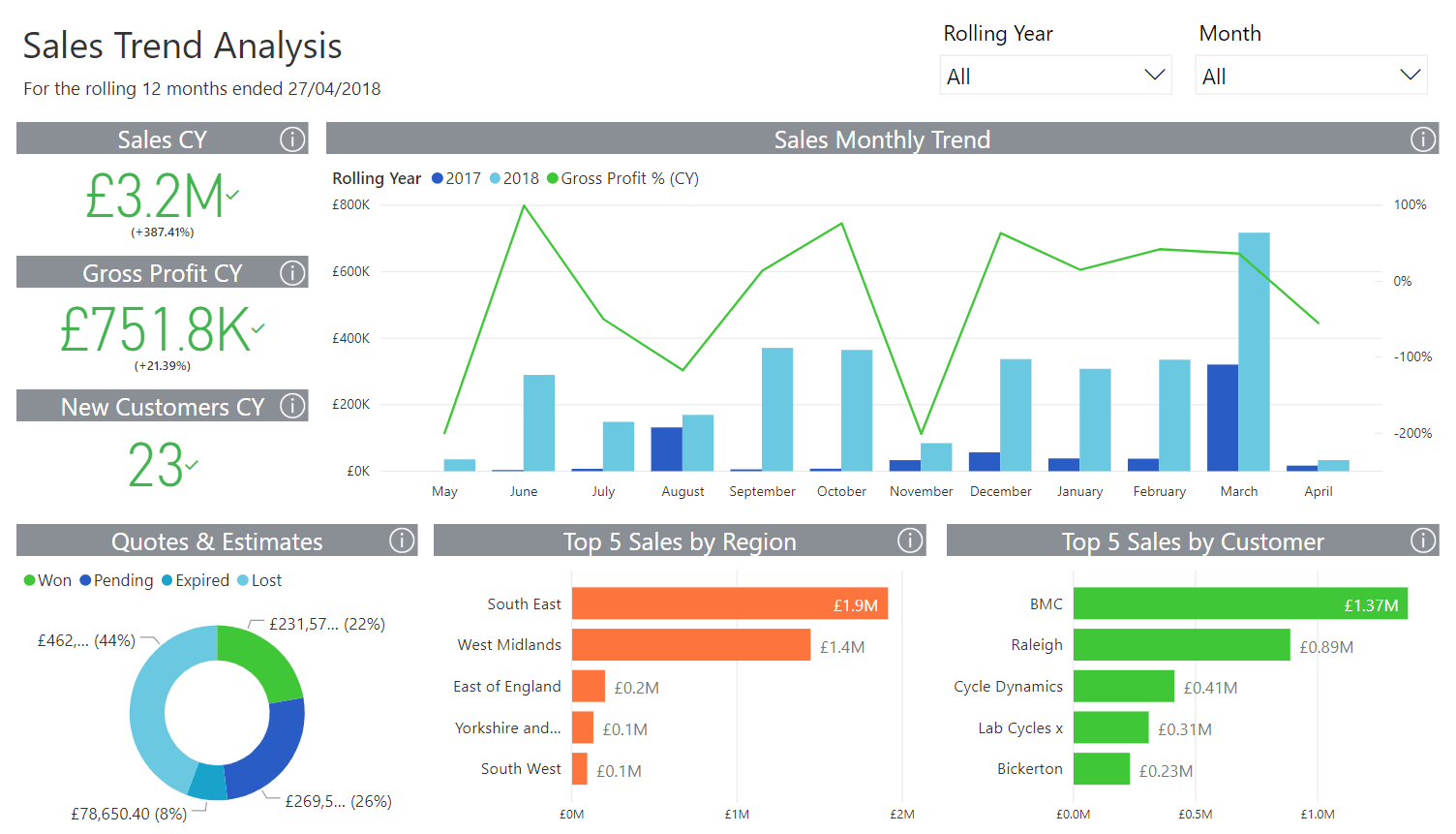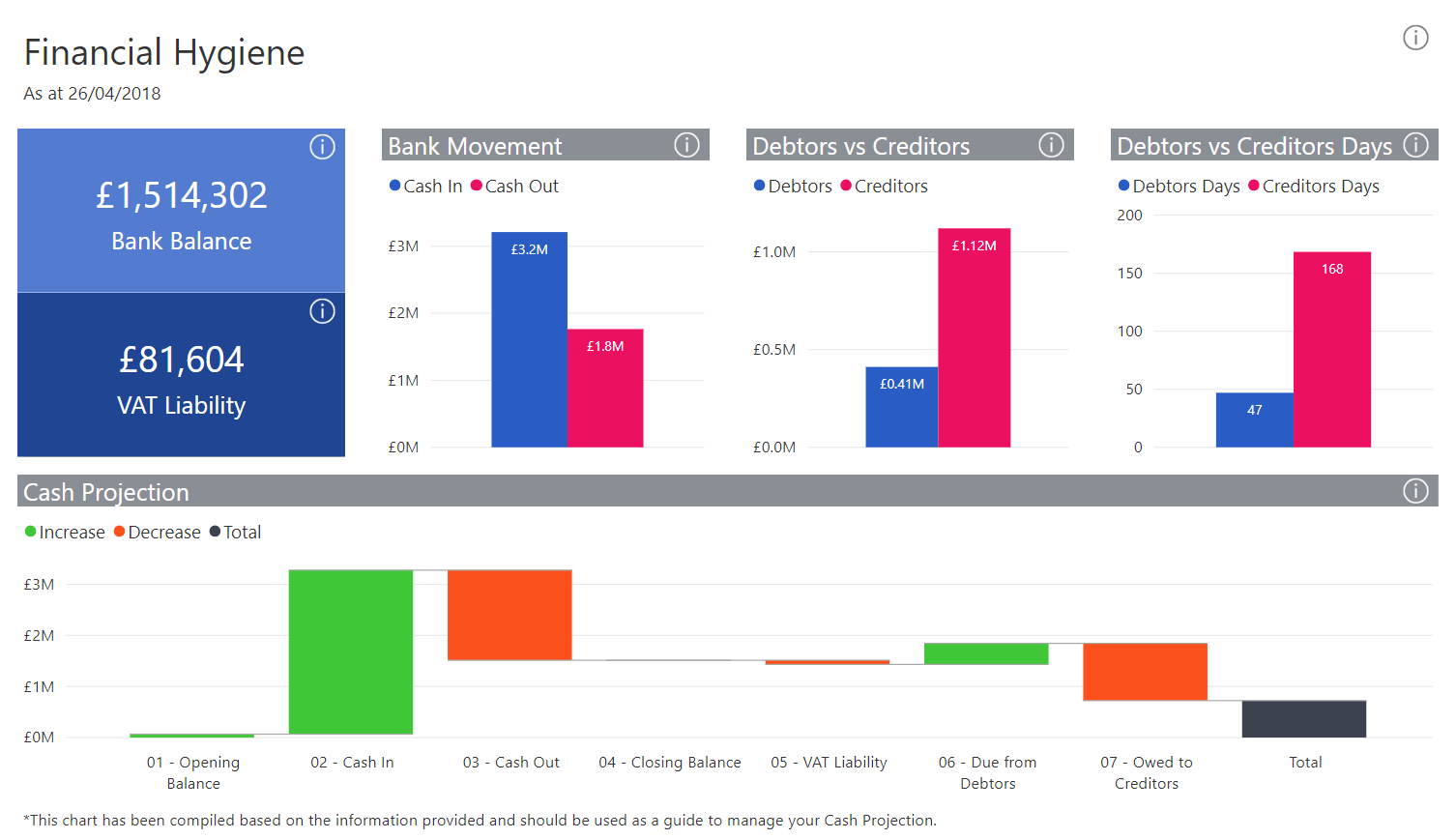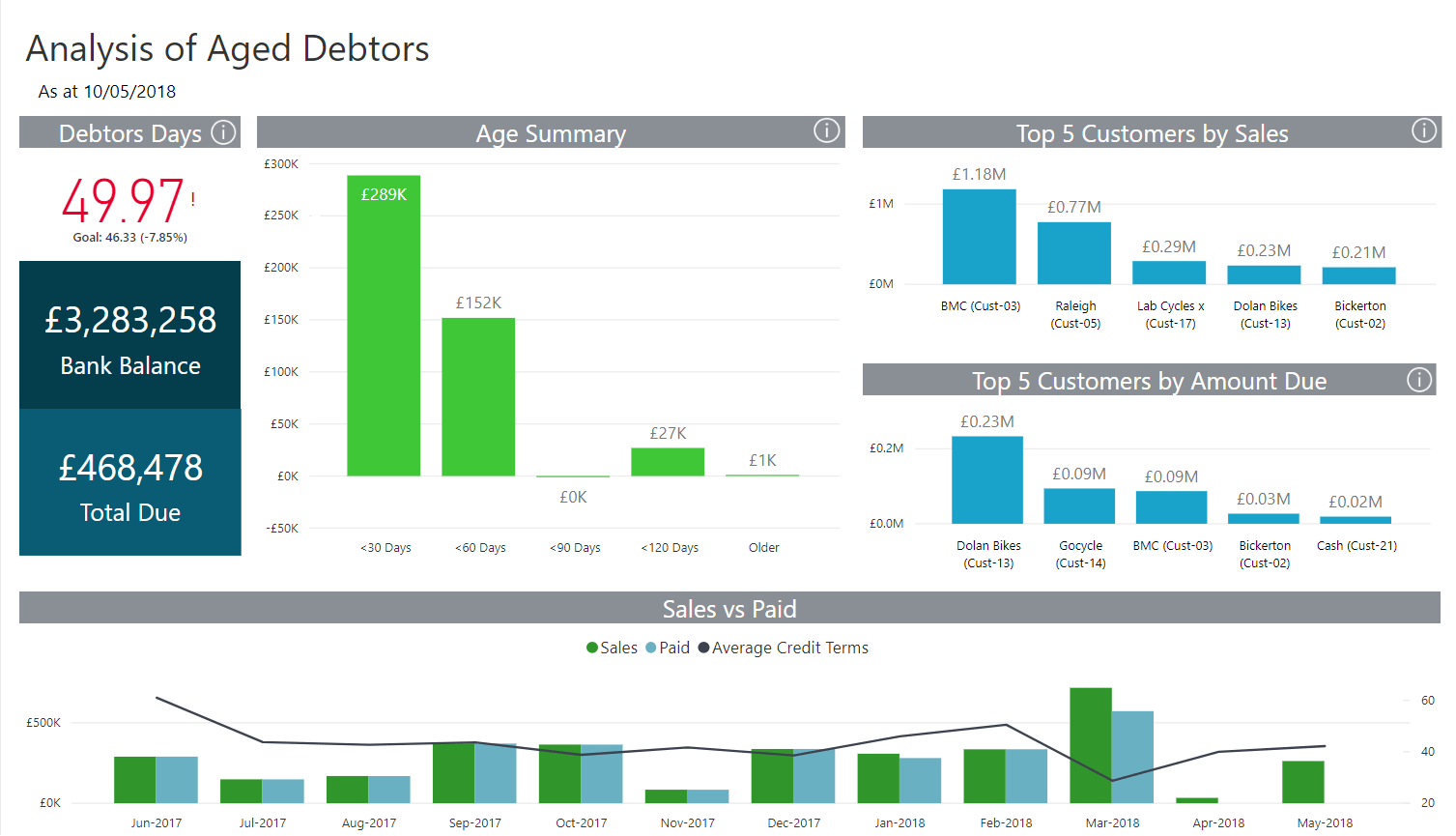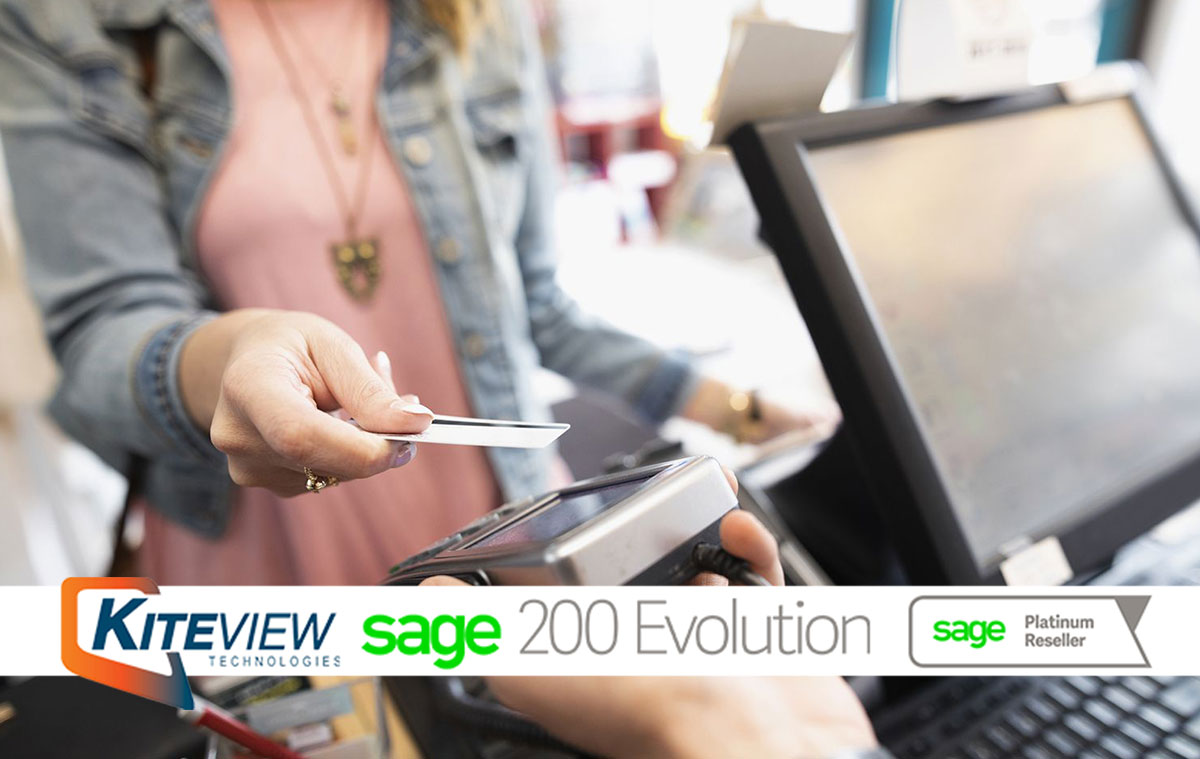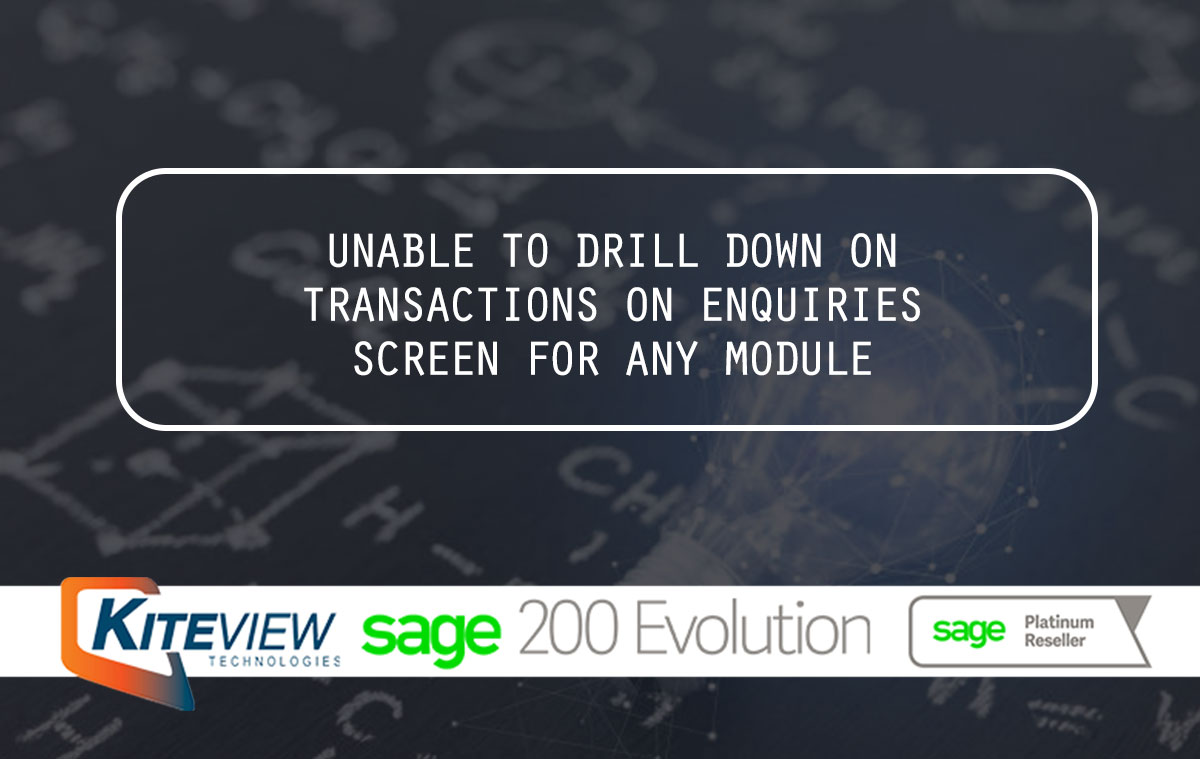
How To Improve Business Finance Management In 2019
Article credit: Sage
January is the ideal time to review your company’s financial situation and to find ways in which you can improve your business finance management over the year and years to come.
In this article, we summarise some of the new year’s resolutions you could set for your company in 2019 so you can improve your prospects. You’ll thank yourself for taking the time to spruce up your company’s finances.
Create a realistic budget
Setting out a practical financial plan for the year ahead will give you a good idea of what the year has in store for your business.
A budget will tell you what state your business is in at the moment and where it will be in the next year, month by month, and with all predictable expenses factored in.
It’s also a good idea to factor the unexpected costs into your budget, although this is understandably difficult to predict.
Look into the different types of forecasting and accounting software available – using it will make the whole process easier for you and could even open up new financial aspects of your business that you hadn’t previously considered.
It’s also a good idea to create multiple forecasts for your business, which show how your finances will be in the best, average and worst-case scenarios. That way you’ll be better prepared to adapt at any point in the year should your finances drastically change in 2019.
Take control of your cash flow
If your business struggles to maintain a healthy cash flow, make 2019 the year to solve that problem.
Perhaps your customers often make late payments – invoice finance could help. It’s a type of lending that pays you based on unpaid invoices.
Top tip: Bear in mind that January is typically the month with the highest number of staff absences, which could affect your cash flow. Make sure you factor that into your overall budget for the year as part of the unexpected costs.
Don’t forget your tax bills
You should plan to put aside money for your tax bills, because that’s one area you can’t cut back on. VAT bills are due every quarter and corporation tax is due once a year.
You’d be surprised how many businesses struggle to make their tax payments. However, are lots of options for businesses who are struggling to pay their tax bill, such as short-term business loans, overdraft finance and other alternative finance solutions that are worth considering.
Regularly check your personal credit
Although your personal and business credit ratings are generally kept separate, you should keep an eye on your personal credit score and make sure it doesn’t dip too low.
If a small business applies for finance, its directors are more likely to be more personally involved in applying for finance and that could mean their personal credit file will be checked in the process.
This is particularly likely if you apply for a loan with a personal guarantee but is also likely to happen for other types of finance.
Keep your accounts up to date
This one is a no-brainer. Up-to-date accounts will benefit you and your business in many ways. It’ll give you a clear view of the state of your business, which will also help inform that all-important budget we mentioned earlier.
It’s also really useful to have your updated accounts ready if you need to apply for business finance. In almost all cases, you’ll need to pass your accounts to a lender if you apply for finance, and having up-to-date accounts will make that whole process quicker and smoother.
Check your funding options
An injection of capital is often what businesses need to propel them to their next stage of growth. That’s why some of these resolutions are focused around applying for business finance.
And sticking to these resolutions will be good for the health of your business in 2019 and beyond.
Final thoughts on business finance management
By taking the time to review your business finances and put good habits in place, you will be setting your business up for a positive 2019.
And while there are no guarantees that everything will be smooth sailing, a bit of preparation could help you go a long way to tackling any challenges that arise over the next 12 months.
Business finance management is an important part of making sure your company is moving in the right direction. Give your finances the attention they need as you bid to keep building your business.
Kiteview Technologies (Pty) Ltd was founded in May 2010 to provide the Sage Evolution Business Management solution to the SME market. The management team of Kiteview have combined +30 years of experience in the delivery of small to mid-market Financial & Business Management solutions. This experience, combined with a sound project implementation methodology has helped in Kiteview’s growth, becoming a Platinum status partner for SAGE Pastel within just 1 year.
Contact Us
For An Obligation Free Quote




